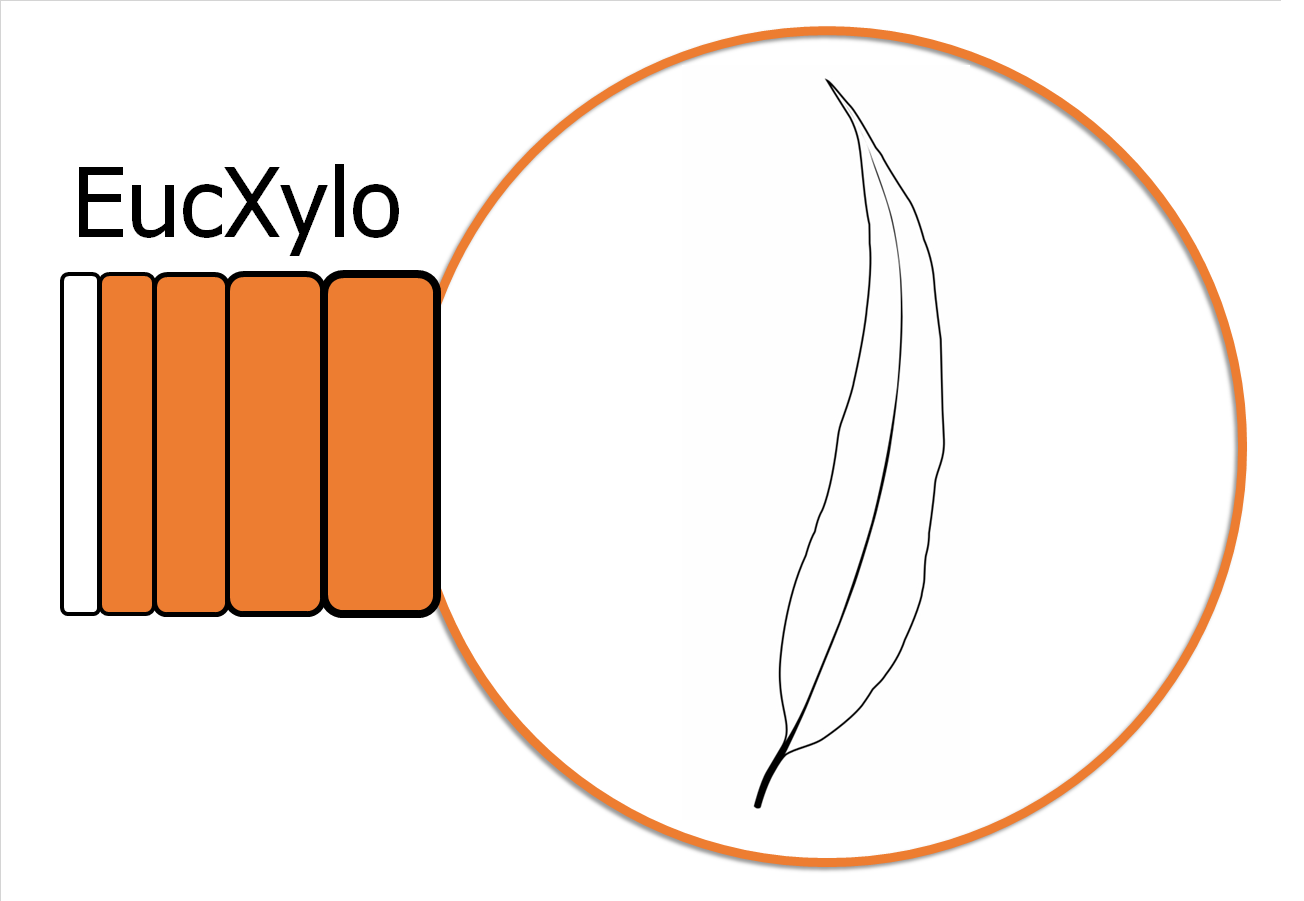
The Hans Merensky Chair in Advanced Modelling of Eucalypt Wood Formation
Understanding xylogenesis in the world's most widely planted hardwood species
A new paper in Tree Physiology
Post authored by Dr Letitia Schoeman
Recently Alta Saunders, a PhD candidate, published her third paper titled “Stomatal responses of Eucalyptus spp. under drought can be predicted with a gain-risk optimisation model” in the Tree Physiology journal. Well done Alta!


Shifts in the global hydrological cycle due to climate change is an important driver of increasing prevalence and intensities of drought events around the world. The frequency and severity of droughting events are expected to increase due to climate change, with optimal environmental conditions for forestry likely to shift. Modelling plant responses to a changing climate is therefore vital. In this paper the gain-risk model was tested to predict stomatal responses to drought of two Eucalyptus hybrids. The gain-risk model has the benefit of being processed-based, with model parameters based on measurable plant characteristics. This reduces the assumptions regarding parameterisation, giving it an advantage over empirical models where model parameters are often difficult to quantify.
The gain-risk model suggests that plants optimise photosynthetic gain, while minimizing a hydraulic cost. Previous versions of the model used hydraulic risk as a cost function. However, it did not account for delayed or reduced hydraulic recovery rates from embolism post-drought. Hydraulic recovery has been seen in many species; however, it is still unclear how this inclusion of a partial or delayed hydraulic recovery would affect the predictive power of the gain-risk model. Numerous hydraulic parameters required by the model are also difficult to measure and are not freely available. This study therefore tested a simplified gain-risk model that includes a delayed or reduced hydraulic recovery component post-drought.
The simplified gain-risk model performed well at predicting stomatal responses in both E. grandis X camaldulensis (GC) and E. urophylla X grandis (UG). Two distinct strategies were noticed between GC and UG, with GC being more resistant to embolism formation. However, GC could not recover hydraulic conductance, compared to UG. The addition of a delayed or reduced hydraulic recovery component improved model predictions for GC slightly, however not for UG. This can be related to UG being able to recover lost hydraulic conductance and therefore can maintain stomatal conductance regardless of hydraulic risk. Even though the gain-risk model shows promise in predicting plant responses, more information is needed regarding hydraulic recovery after drought.
Shifts in precipitation with an increase in droughting events are anticipated due to climate change, with areas with optimal environmental conditions for forestry likely to shift. The need therefore arises to have a model that captures plant responses to changes in climate, with the gain-risk model showing promise as a process-based model.
Read the full article at https://academic.oup.com/treephys/advance-article-abstract/doi/10.1093/treephys/tpab145/6428121?redirectedFrom=fulltext